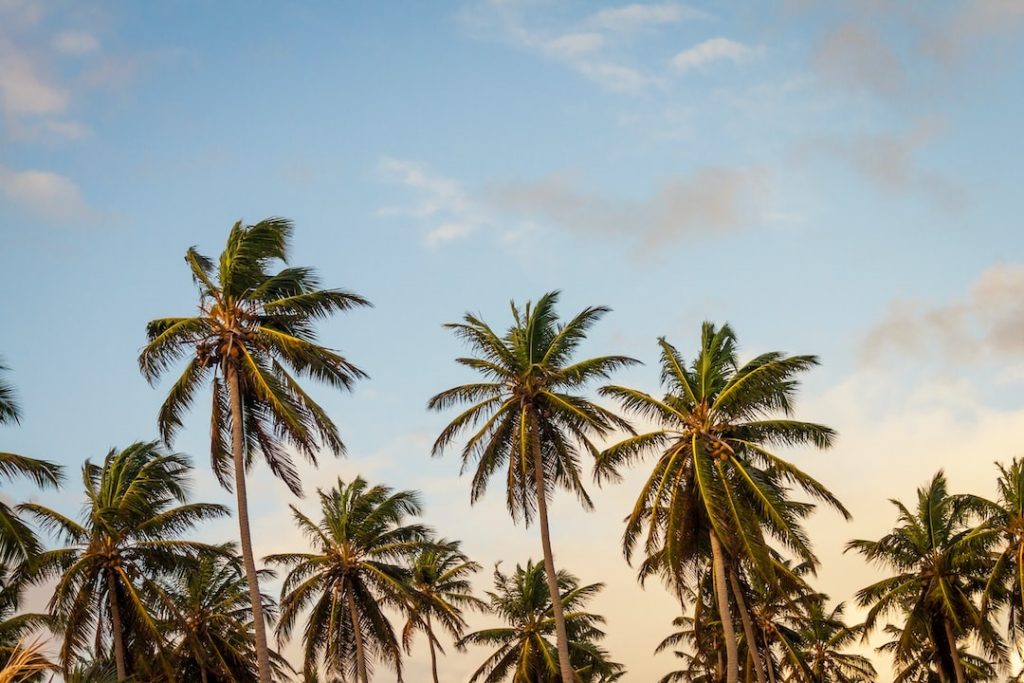Darwin, the capital city of Australia’s Northern Territory, is a popular tourist destination known for its diverse wildlife, stunning natural landscapes, and vibrant culture. Planning a visit to Darwin requires careful consideration of the weather and climate to ensure the best possible experience. This article will explore the different months of the year in Darwin and highlight the best time to visit based on various factors.
The Dry Season: May to October
If you want to explore Darwin in pleasant weather conditions, the dry season, which generally lasts from May to October, is the ideal time. During this period, the region experiences low rainfall and cooler temperatures, making it perfect for outdoor activities.
May
May marks the beginning of the dry season in Darwin. The average daily temperature is around 31°C (88°F), making it a comfortable time to visit. The humidity is relatively low, and you can enjoy activities like hiking, wildlife spotting, and visiting national parks.
June and July
June and July are the coolest months in Darwin, with average temperatures ranging from 28°C to 30°C (82°F to 86°F). These months are ideal for those who prefer mild weather for outdoor exploration. You can take part in the famous Mindil Beach Sunset Markets, go fishing, or embark on a crocodile cruise.
August
August is one of the best months to visit Darwin as the temperatures start to rise, ranging between 30°C and 33°C (86°F to 91°F). This month offers a perfect balance between warm weather and manageable humidity. You can enjoy swimming, exploring the city’s museums and galleries, or taking a leisurely walk along the Darwin Waterfront Precinct.
September and October
September and October are the last months of the dry season in Darwin. Temperatures range from 32°C to 35°C (90°F to 95°F). Although the humidity increases slightly, it is still bearable. These months are great for outdoor adventures such as trekking in Litchfield National Park or visiting the iconic Kakadu National Park.
The Wet Season: November to April
The wet season in Darwin, from November to April, brings high temperatures, heavy rainfall, and tropical storms. While some visitors may prefer this time due to fewer crowds and lower prices, it’s essential to consider the challenges that come with this season.
November and December
November and December mark the transition from dry to wet season in Darwin. Temperatures can reach up to 35°C (95°F), and humidity levels rise significantly. Heavy rain showers are common, but the lush greenery that emerges during this time can be captivating.
January and February
January and February bring the peak of the wet season, with intense rainfall and high humidity. While these months may not be ideal for outdoor activities, they offer a unique opportunity to witness the stunning waterfalls and breathtaking landscapes in their full glory.
March, April, and May
The wet season winds down in March, April, and May, with decreasing rainfall and humidity levels. Temperatures remain high, ranging from 32°C to 34°C (90°F to 93°F). This transitional period allows you to experience both the remnants of the wet season and the beginning of the dry season.
Choosing the best time to visit Darwin depends on personal preferences and the type of experience you seek. The dry season, from May to October, offers pleasant weather conditions and is generally considered the best time to visit. However, the wet season, from November to April, provides a unique opportunity to witness the region’s natural beauty in full bloom. Whether you prefer milder temperatures and lower humidity or are enticed by lush landscapes and fewer crowds, Darwin has something to offer year-round.



